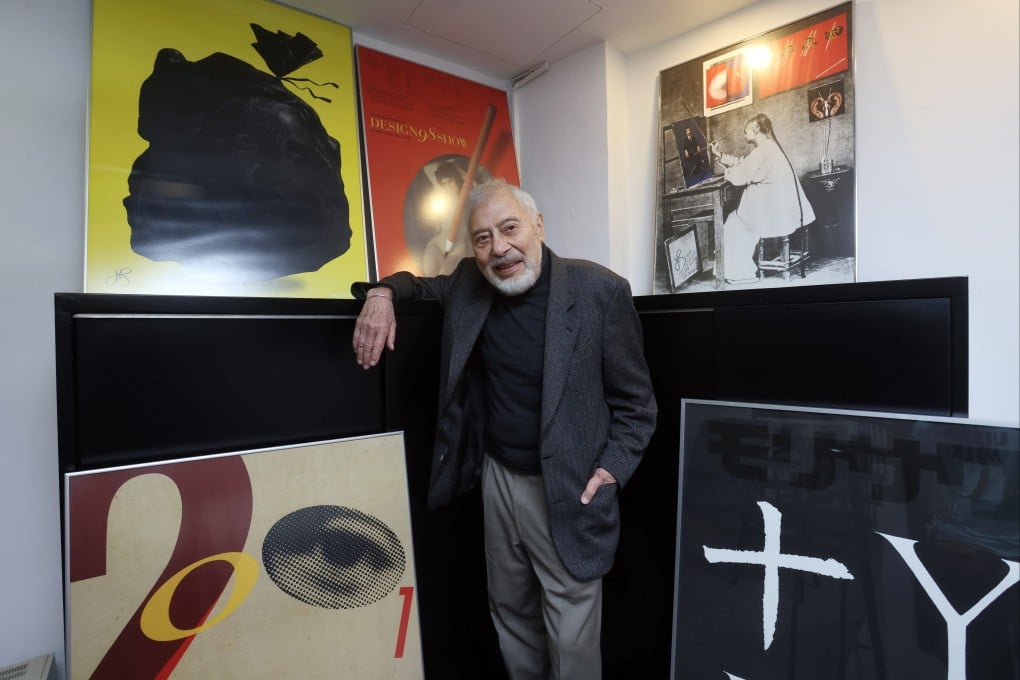Advertisement
Father of Hong Kong graphic design Henry Steiner, 90, on his exhibition at M+ museum
- Steiner, who designed logos for HSBC, Hong Kong Jockey Club and Dairy Farm among others, reflects on his career as museum shows his work
Reading Time:5 minutes
Why you can trust SCMP

Henry Steiner, just turned 90 and with a major exhibition of his work about to open at Hong Kong’s M+ museum of contemporary culture, is regarded as the grand old man of Hong Kong graphic design by those who know him.
Advertisement
But when we meet in person at his discreet office in Hong Kong Island’s Mid-Levels he turns out to be anything but grand.
He is upright, thoughtful and precise in his answers to questions, but gentle-mannered and softly spoken. His voice carries no trace of his Austrian origins, only of his upbringing and education in the United States and his more than 60 years of residence in Hong Kong.
The man and his work are both difficult to place.

His designs, from the HSBC logo found on airport jetways worldwide, to Standard Chartered banknotes, have no obvious common quality or any visible tic. And while his work is seen every day, the man remains a far from public figure.
Advertisement
He finds this invisibility satisfactory.

Advertisement